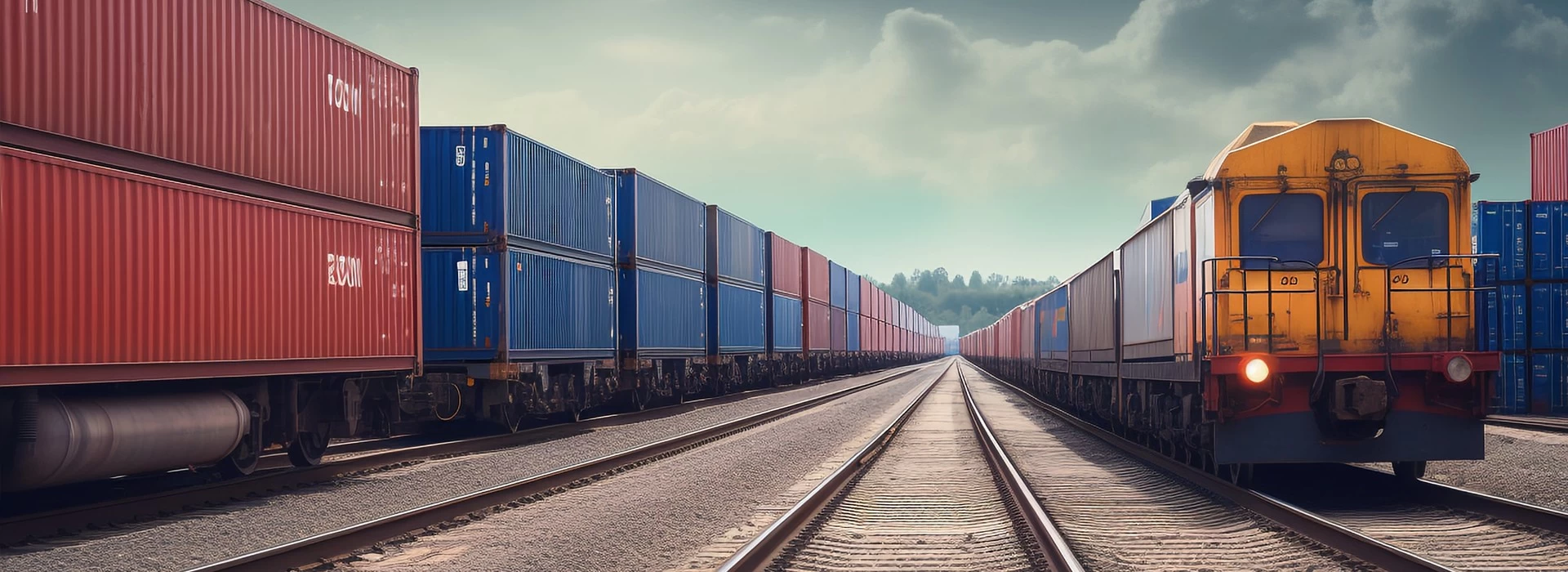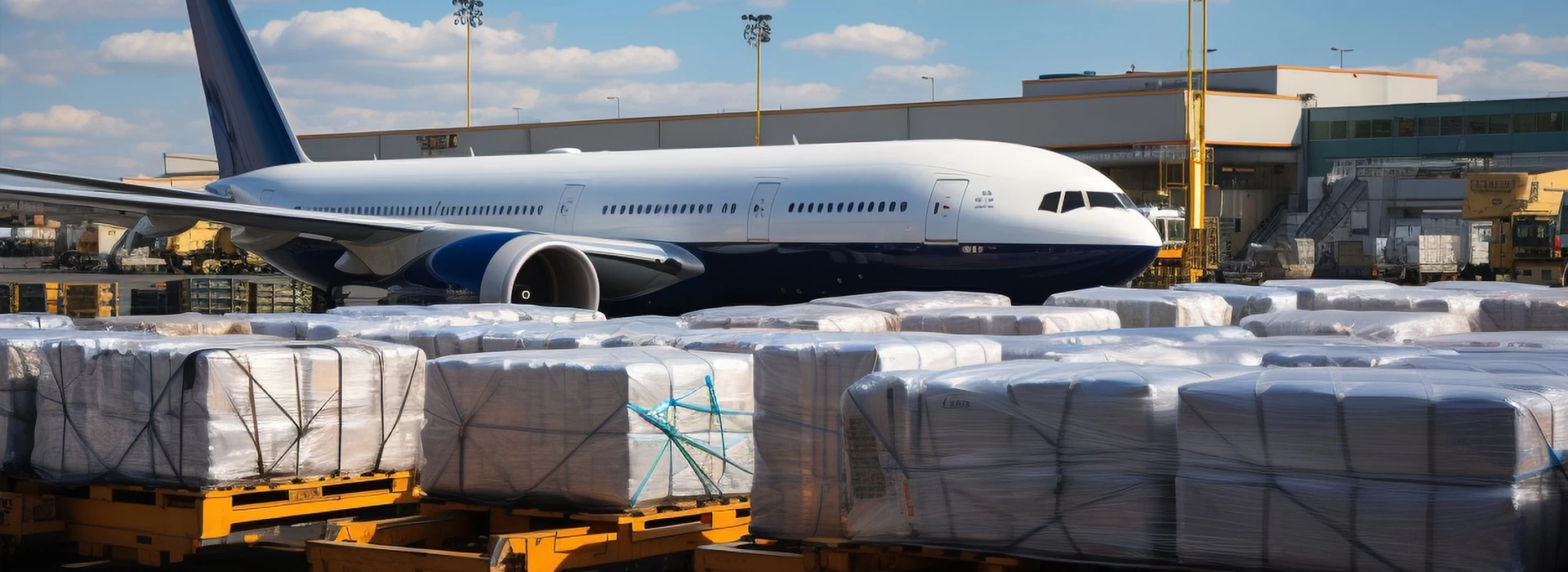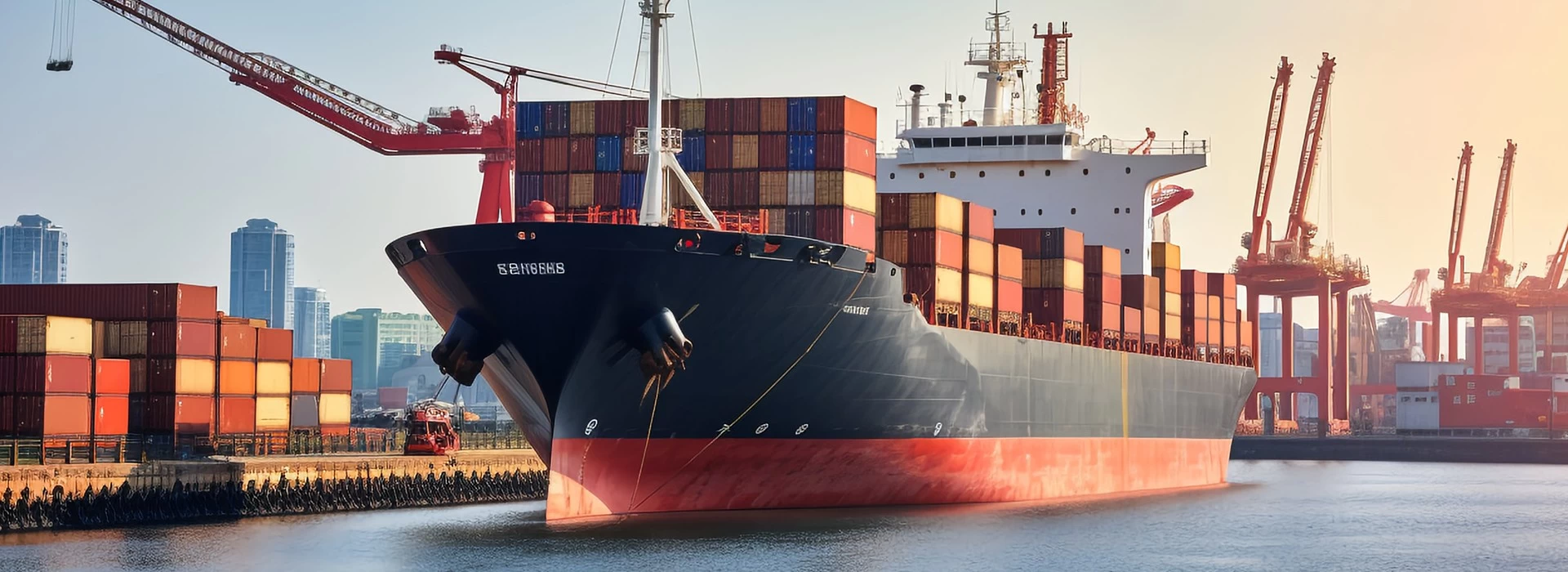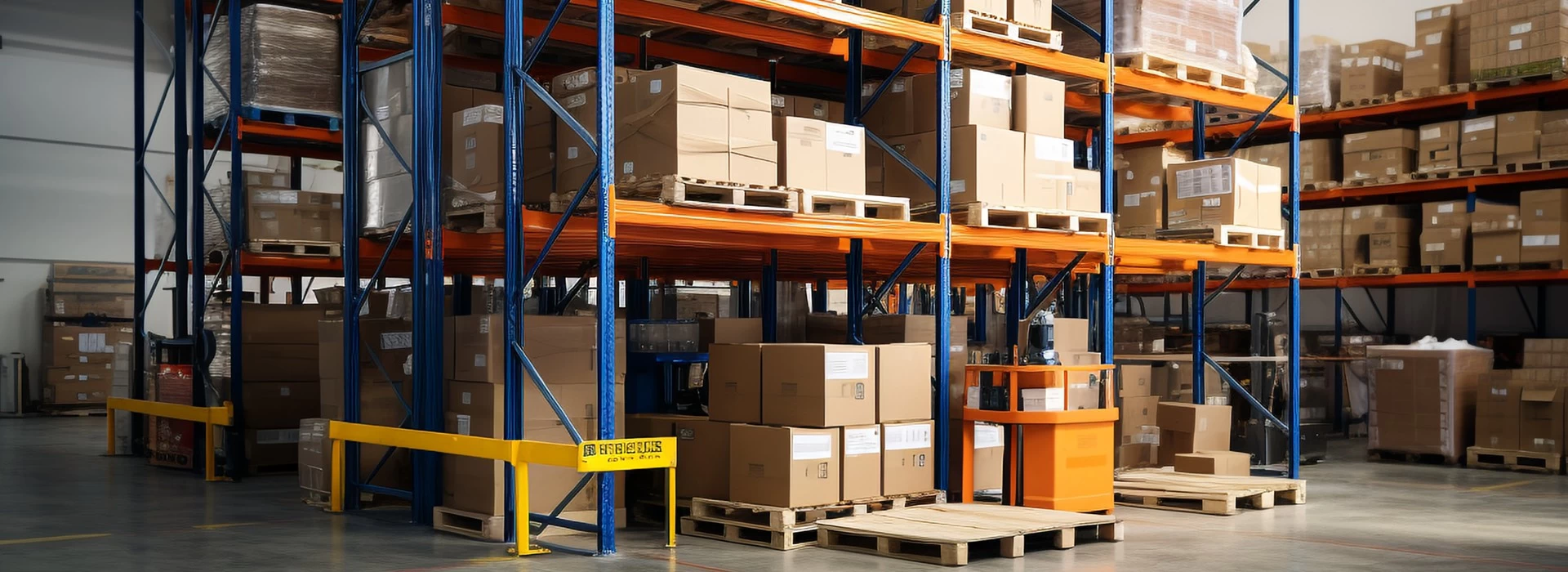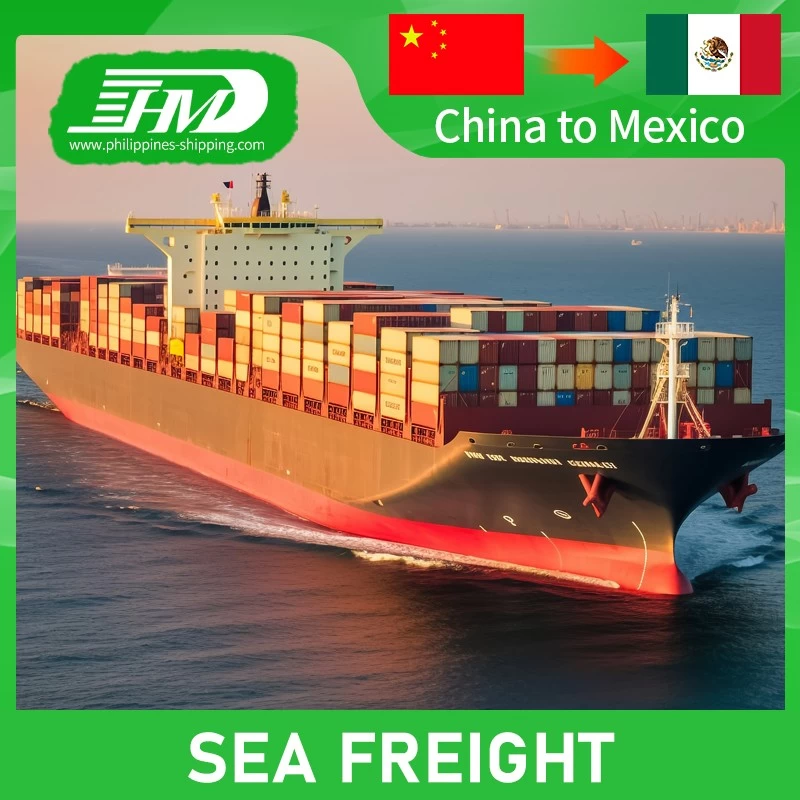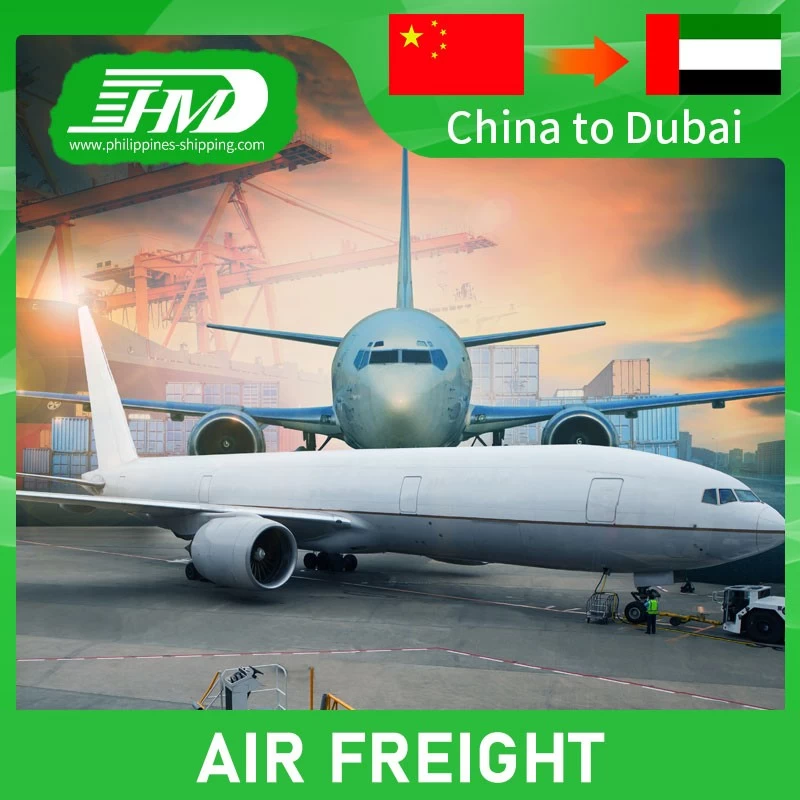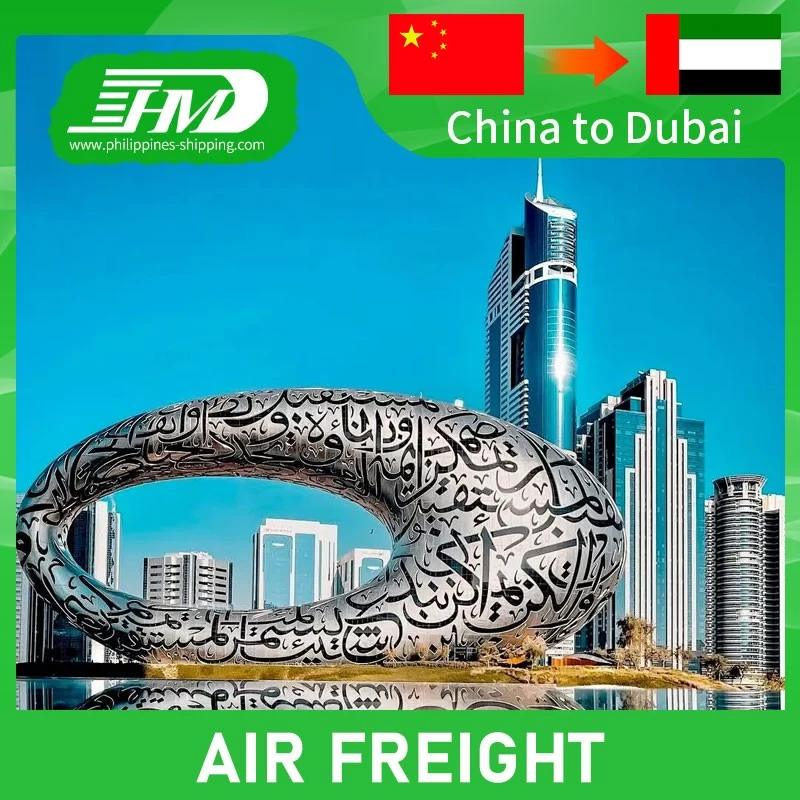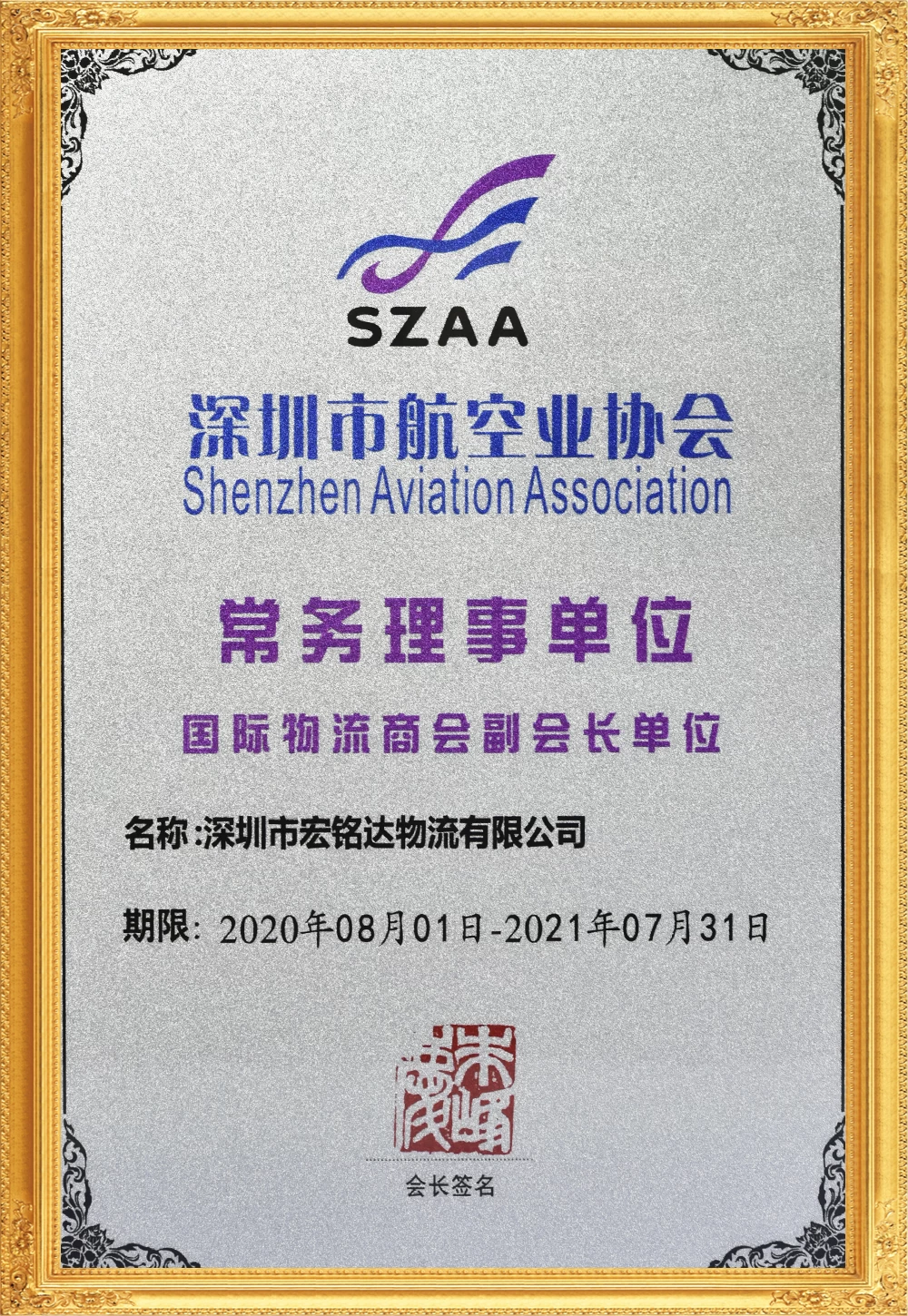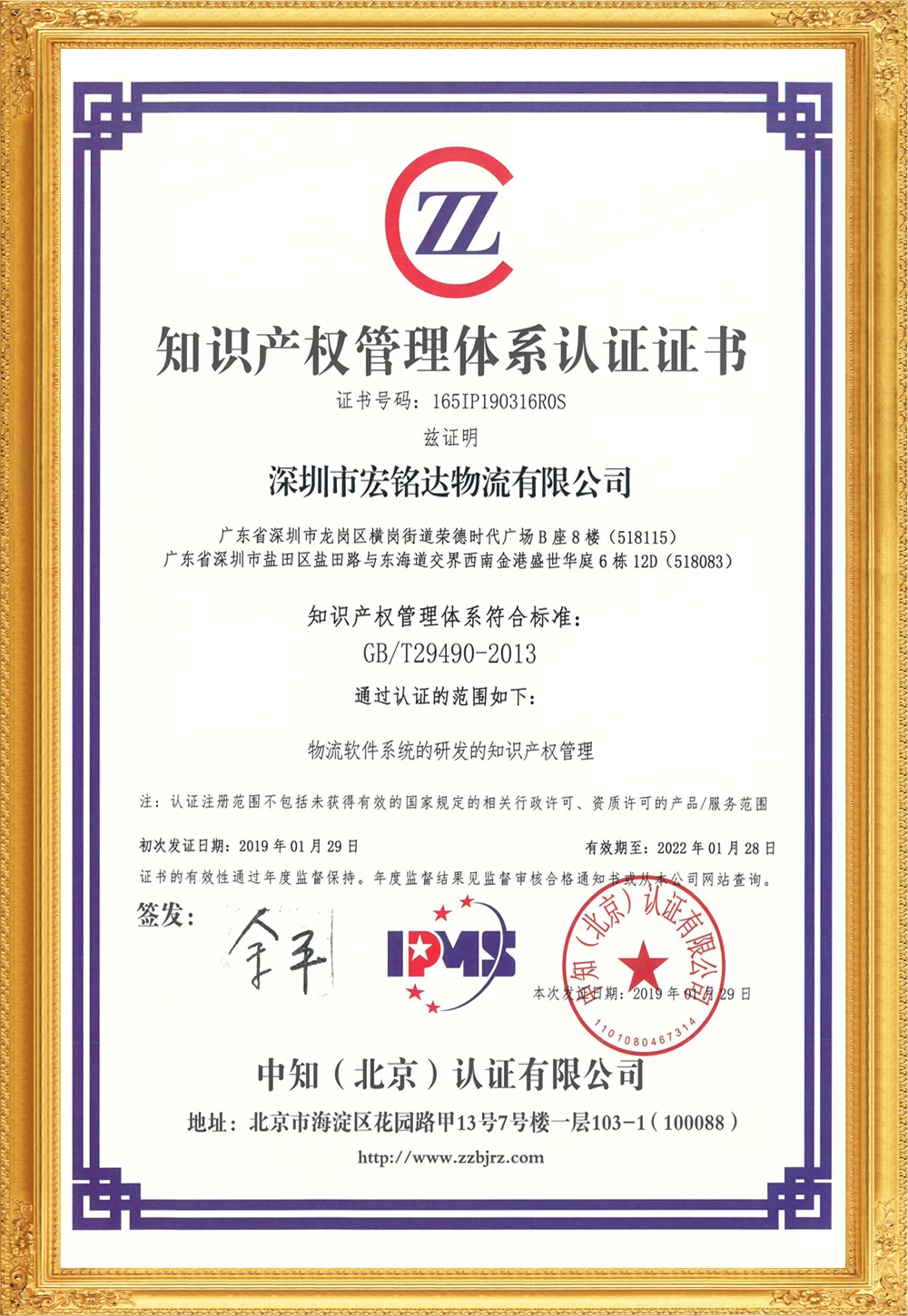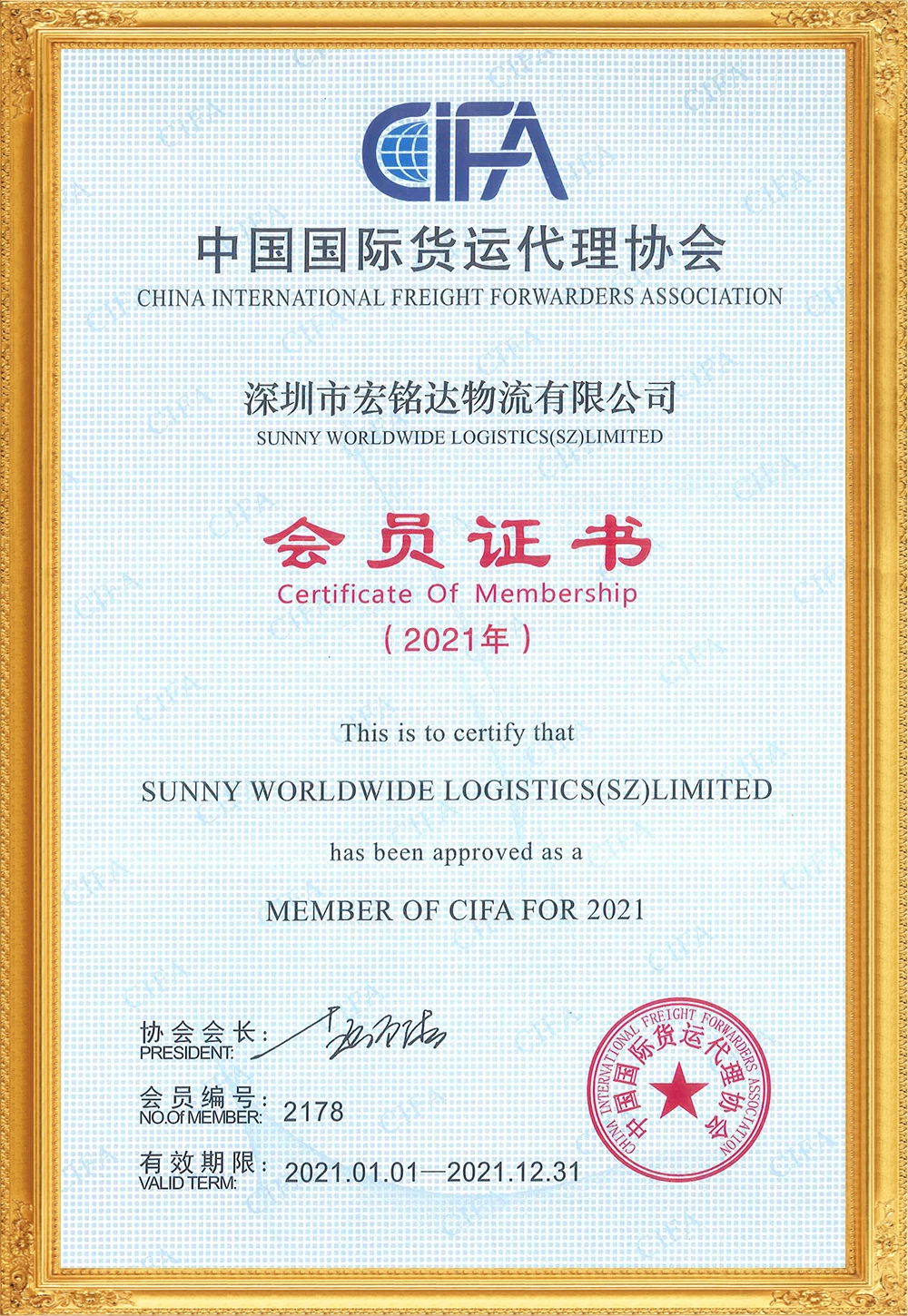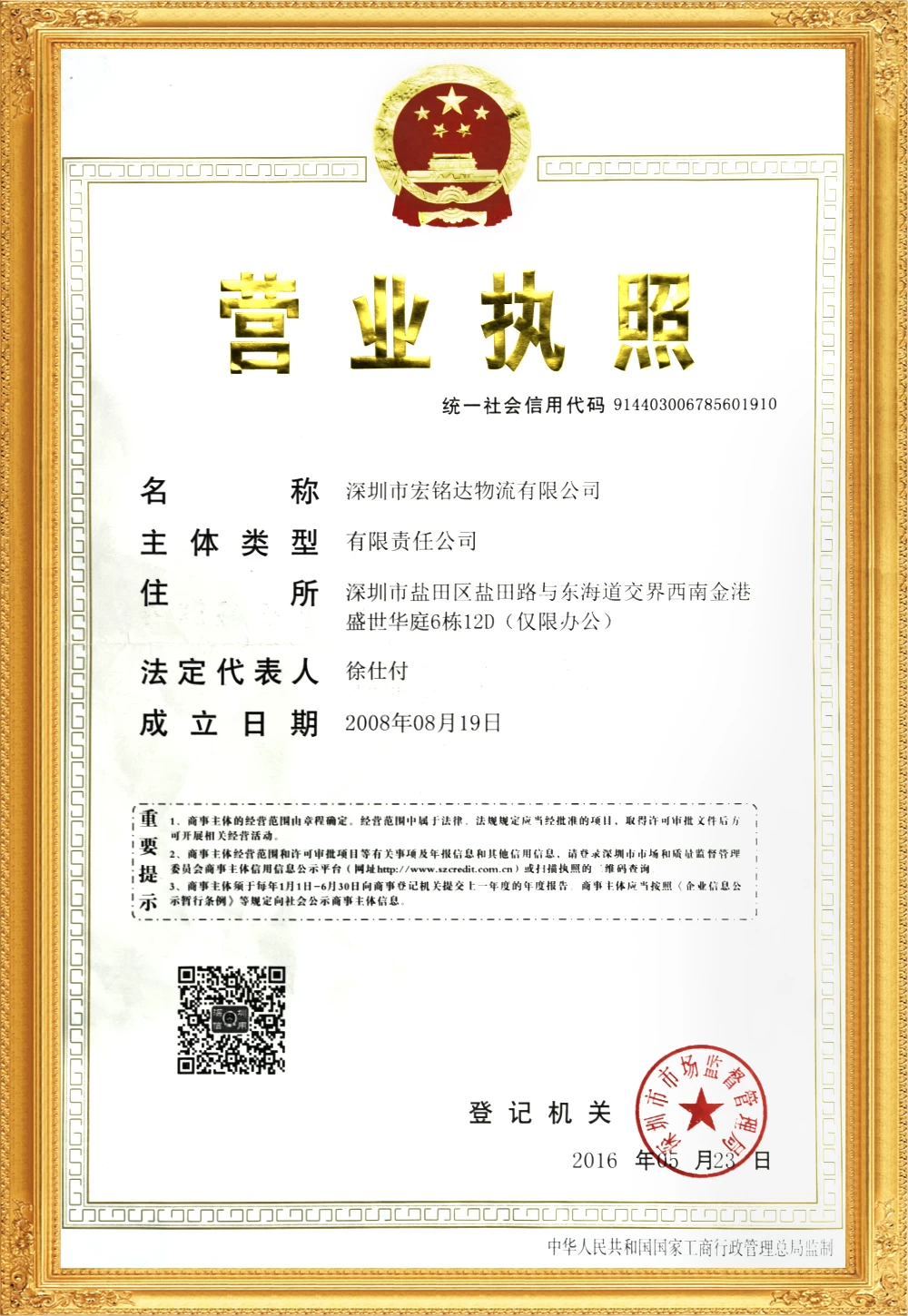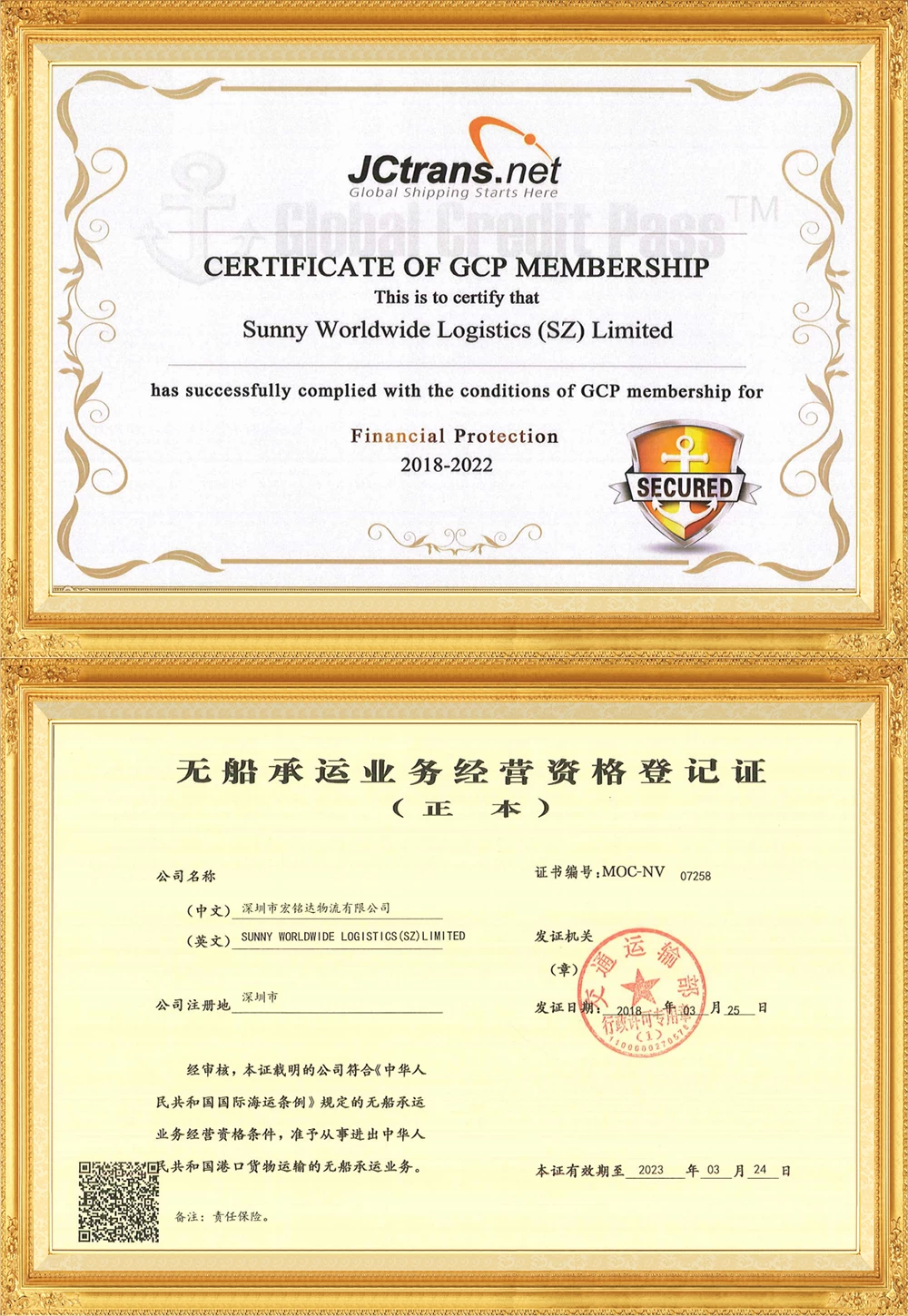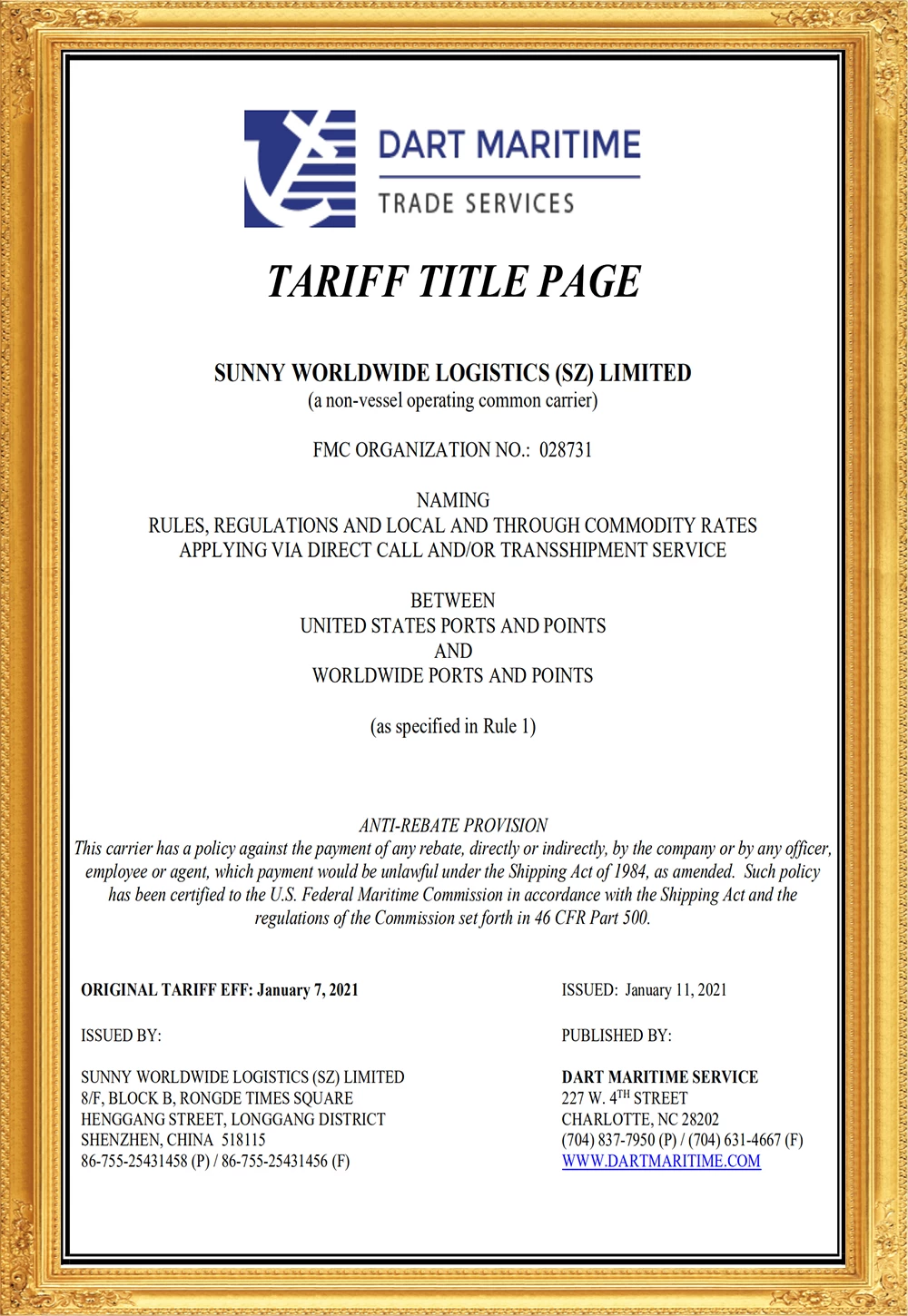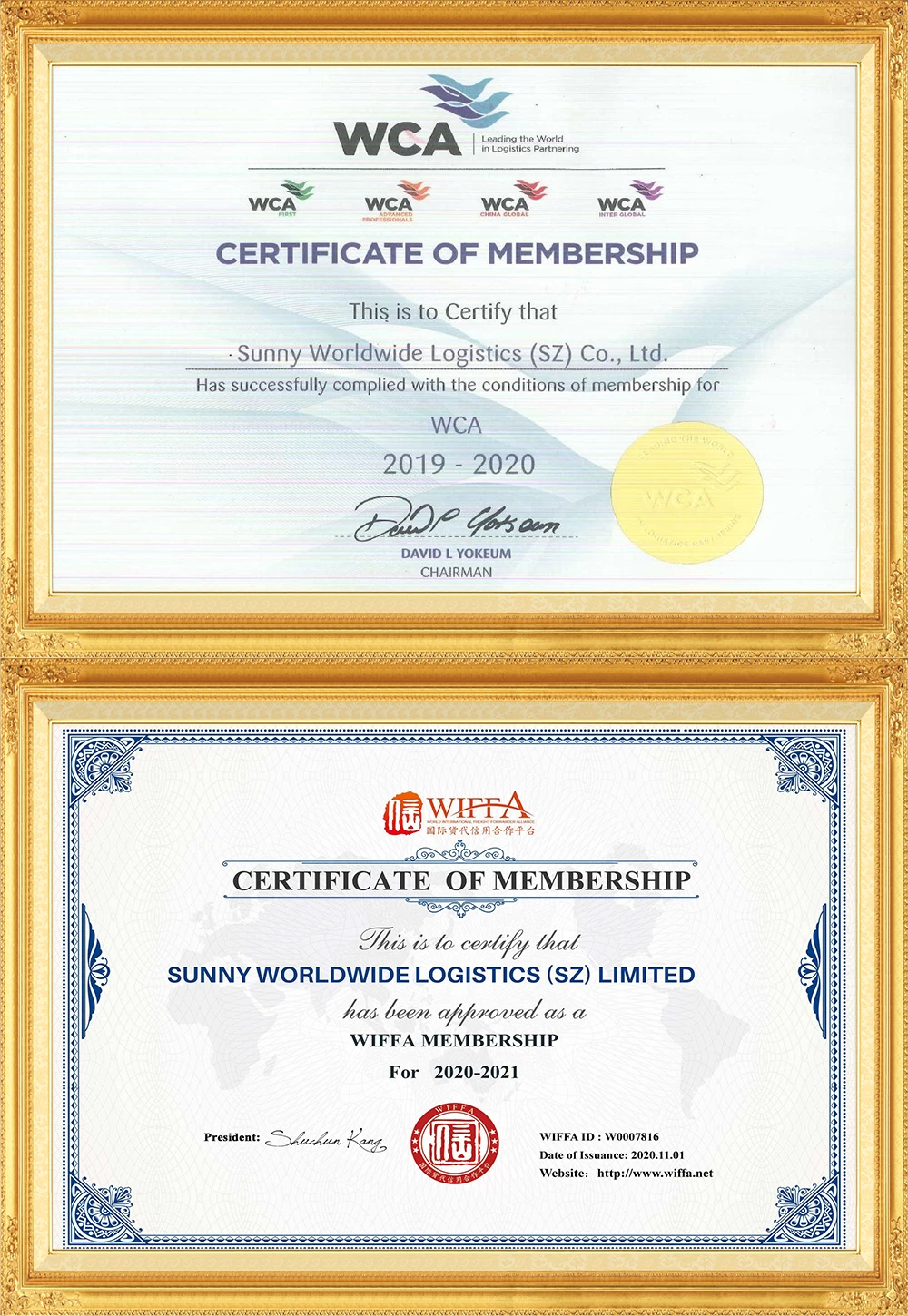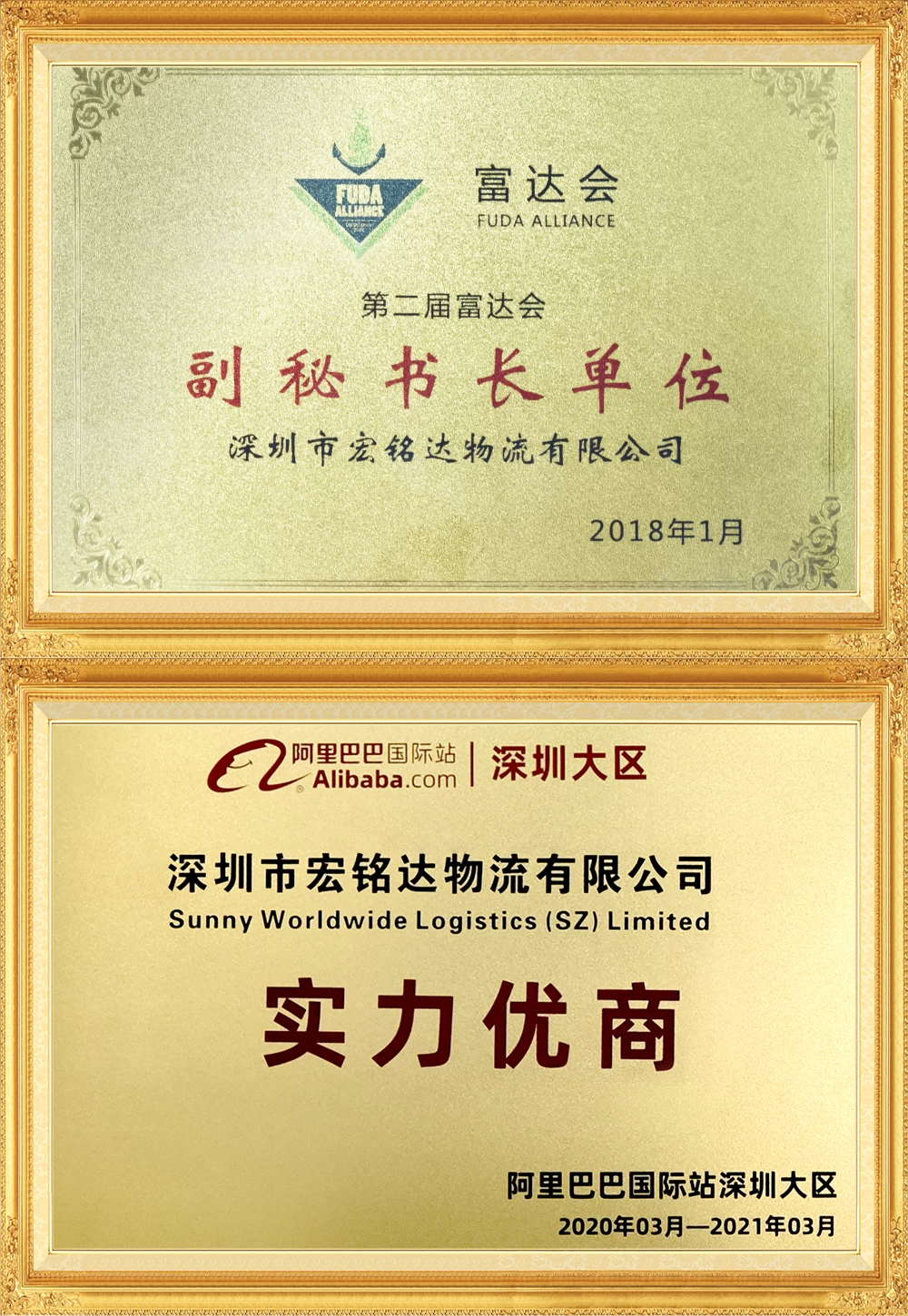Logistics Encyclopedia International Railway Transport: What is the China-Europe Railway Express?
Logistics Encyclopedia International Railway Transport: What is the China-Europe Railway Express?
China-Europe freight trains (English name: "CHINA RAILWAY Express", abbreviation: "CR Express") are organized by the China Railway Corporation and operate according to fixed train numbers, routes, schedules and full operating times. They operate between China and Europe and the "Belt and Road Initiative" "Container and other international railway intermodal transport trains between countries along the route are an important carrier for deepening economic and trade cooperation between the country and countries along the route and an important starting point for promoting the construction of the "Belt and Road".
Application scenarios
Logistics channels between Asia and Europe mainly include sea transport channels, air transport channels and land transport channels. Generally, customers do not have particularly high requirements for transportation timeliness and the cargo volume is large. If the nature of the goods is not suitable for air transportation, we will recommend using the China-Europe Express.
channel port
China-Europe trains are container international railway trains that travel between China and Europe and countries along the Belt and Road. Three China-Europe freight train operation lines have been laid out in the West and Middle East: the western channel runs from the central and western parts of the country through Alashankou (Khorgos), the middle channel runs from the north of the country through Erenhot, and the eastern channel runs from the northeastern region of China through Manzhouli ( Suifenhe) exit.
The operation status of China-Europe freight trains in the three planned west, middle and east corridors is as follows:
Tianjin Port
Erenhot Railway Port
The Erenhot Railway Port in Inner Mongolia is a key node on the China-Mongolia-Russia Economic Corridor and the central route of China-Europe freight trains. Since the launch of the first China-Europe freight train in 2013, China-Europe freight trains passing through the Erenhot Railway Port have connected Germany, Poland, Russia, Belarus, and Mongolia. More than 60 regions in more than 10 countries including China. Domestically, it covers most of the first cities for China-Europe trains across the country and gathers goods sources from more than 10 provinces and cities, including Tianjin, Anhui, and Hunan. The number of entry-exit train lines through the railway port has increased to 68, and the cumulative number of trains has exceeded 12,000.
Alashankou Port
operation status
In the first half of 2023, a total of 8,641 China-Europe freight trains were launched, delivering 936,000 TEUs of goods. At 10:18 on July 29, as the China-Europe freight train (Yiwu-Madrid) departed from Yiwu West Railway Station, the total number of China-Europe freight trains since 2023 has reached 10,000.
Effect
China-Europe trains have become the preferred route for land transportation in international logistics due to their short distance, fast speed and high safety, as well as the advantages of being safe, fast, green and environmentally friendly and less affected by the natural environment. The logistics organization of China-Europe trains is becoming increasingly mature, economic and trade exchanges with countries along the trains are becoming increasingly active, and cooperation between railways, ports, customs and other departments between countries is becoming increasingly close. These favorable conditions have enabled railways to further play an important role in international logistics and play an important role in the "Belt and Road" strategy. The Central Committee played an important role in transforming the Silk Road from the original "trade road" into an "economic belt" where industry and population agglomerated.


